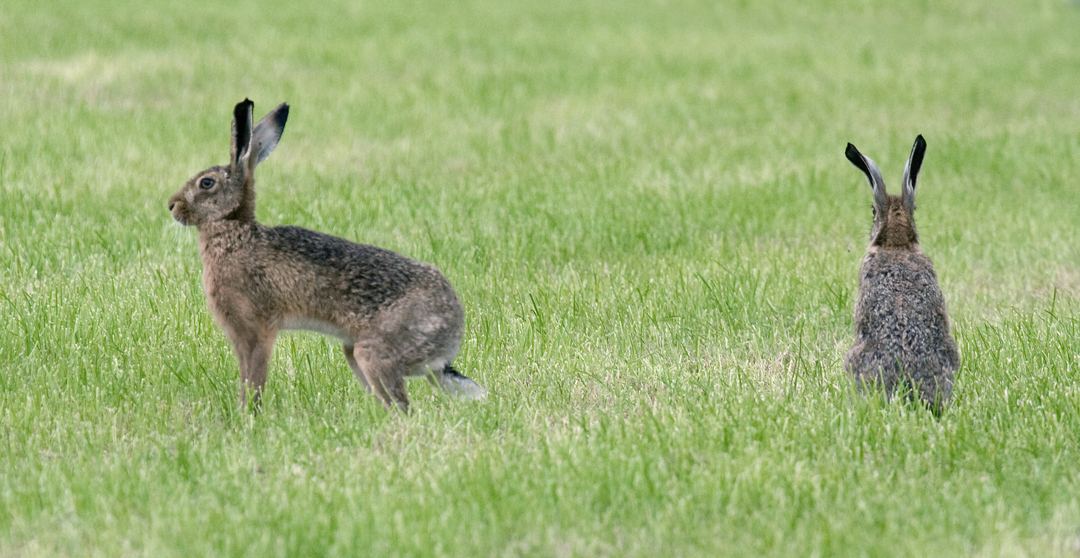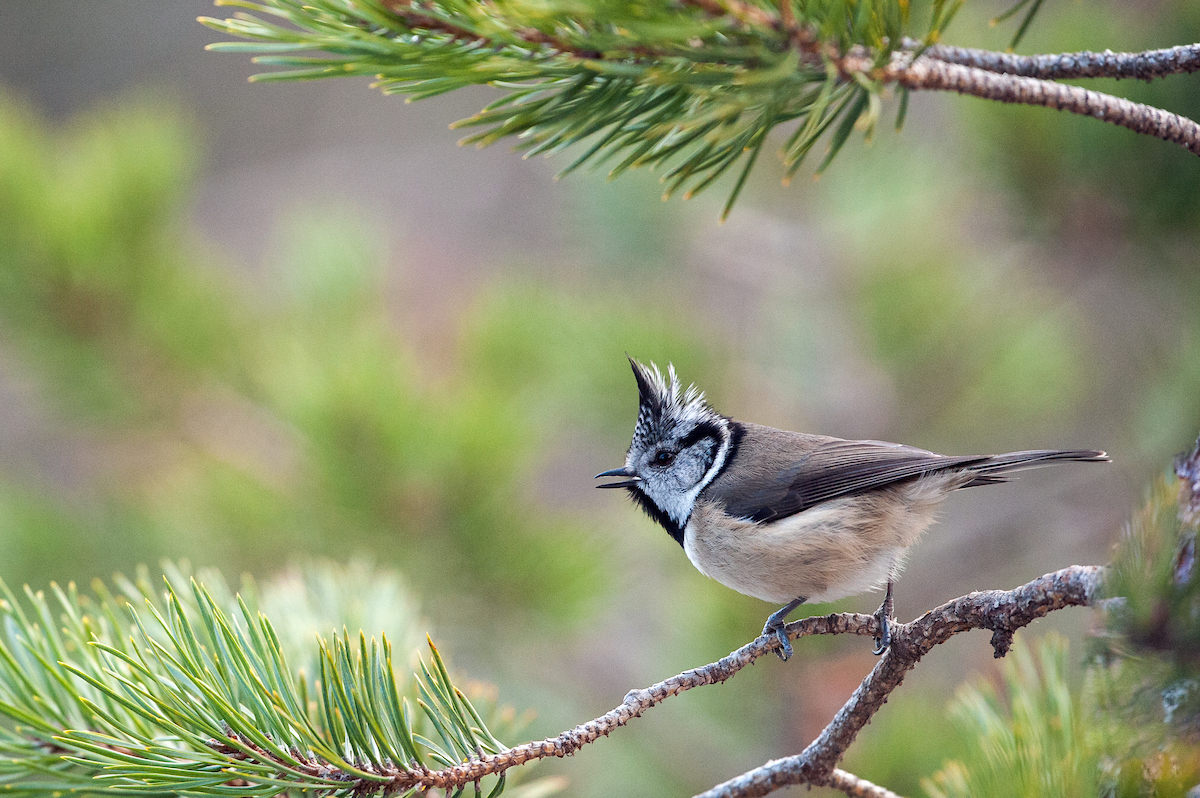BTO create and publish a variety of important articles, papers, journals and other publications, independently and with our partners, for organisations, government and the private sector. Some of our publications (books, guides and atlases) are also available to buy in our online shop.
Annual report of the Seabird Monitoring Programme
Seabird Population Trends and Causes of Change: 1986–2023
This report presents the latest seabird population trends in breeding abundance and productivity using data from the Seabird Monitoring Programme (SMP).
The report documents changes in the abundance and productivity of breeding seabird species in Britain and Ireland from 1986 to 2023, and provides a detailed account of the 2021, 2022 and 2023 breeding seasons.

Search settings
Evaluating spatiotemporal trends in terrestrial mammal abundance using data collected during bird surveys
Author: Massimino D., Harris S.J., Gillings, S
Published: 2018
Information on the status of biodiversity is crucial for species conservation and management. Large scale assessments are only feasible through citizen science but some taxa are poorly monitored because few people specialise in them. This paper explores how to alleviate this problem by using data collected for poorly monitored species as an add-on to existing bird surveys.
04.08.18
Papers

LifeCycle - Issue 7, Spring 2018
Author: BTO / Multiple
Published: Spring 2018
Includes the results from the 2017 breeding season. It also features articles on turning a Tree Sparrow project into a RAS, monitoring Swallows, devising a Corn Bunting nesting project, and mentoring nest recorders.
11.07.18
Magazines Lifecycle
Monitoring landscape-scale environmental changes with citizen scientists: Twenty years of land use change in Great Britain
Author: Martay, B., Pearce-Higgins, J.W., Harris, S.J. & Gillings, S.
Published: 2018
Citizen science is increasingly recognised as one of the most cost-effective means of achieving large-scale and long-term biodiversity monitoring. We’re quite familiar with this concept for birds and butterflies, but what about for habitat? Historically, changes in habitat or land cover in the UK have been recorded through two main approaches: professional field data collection and remote sensing using satellites. Both have major limitations: field surveys are costly and can only cover small areas, whereas remote sensing can cover the whole country but with less detail and greater uncertainties.
09.07.18
Papers

An assessment of the state of nature in the United Kingdom: A review of findings, methods and impact
Author: Burns F., Eaton M.A., Hayhow D.B., Outhwaite C.L., Fulaijd N.A, August T.A., Boughey KA., Brereton t., Brown A., Bullock D.J., Gent T., Haysome K.A., Isaac J.B., Johns D.G, Macadam C.R., Mathew F., Noblen D.G., Powney G.D., Simsop D.W., Smart S.M., Stroh, P. Walker K.J., Webb J.R., Webbs T.J., Gregory R.D.
Published: 2018
04.07.18
Papers
Quantifying avian avoidance of offshore wind turbines: Current evidence and key knowledge gaps
Author: Cook, A.S.C.P., Humphreys, E.M., Bennet, F., Masden, E.A. & Burton, N.H.K.
Published: 2018
26.06.18
Papers